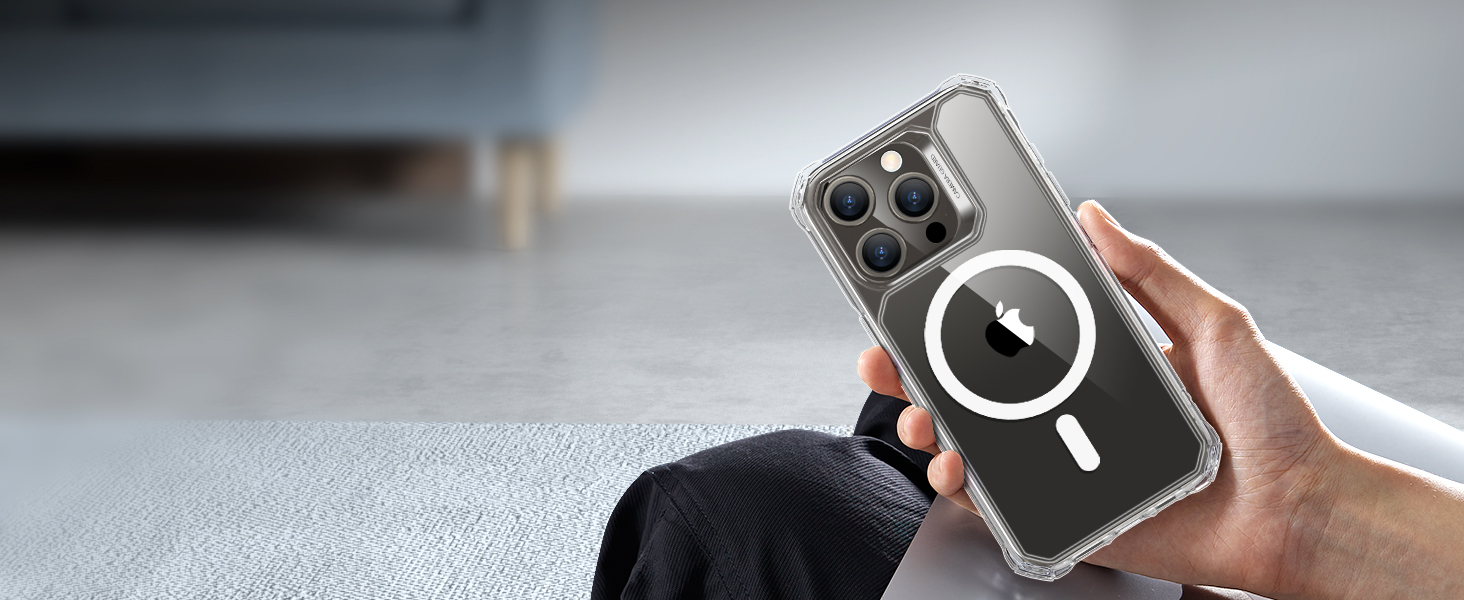Laser Marking vs. Laser Engraving: What Sets Them Apart?

In the world of material processing, laser technology has emerged as a dominant force, offering precision, speed, and versatility. Two terms that often come up in discussions about laser technology are “laser marking” and “laser engraving.” While they might seem synonymous to the uninitiated, there are distinct differences between the two. In this article, we’ll delve deep into the nuances of laser marking and laser engraving, highlighting their unique characteristics and applications. We’ll also touch upon the role of brands like ‘commarker’ in shaping this industry.
Contents
Understanding Laser Marking
Laser marking is a process where a laser beam interacts with the surface of a material to produce a mark. This mark is typically a change in color due to a chemical/molecular alteration, charring, foaming, melting, or ablation. The primary keywords associated with this process are:
– Laser Marking Machine: A device specifically designed to produce marks on various materials using laser technology.
– Fiber Laser Marking Machine: A type of laser marking machine that uses a fiber laser source. Fiber lasers are known for their efficiency, beam quality, and high peak power, making them ideal for marking applications.
Key Features of Laser Marking:
Read Also: Vector Search in Information Retrieval
1. Surface-Level Alteration: Laser marking doesn’t remove material; instead, it induces a color change on the surface.
2. High Speed: Suitable for processes that require rapid marking, such as production lines.
3. Durable: Marks are resistant to abrasion, heat, and acids, ensuring longevity.
Understanding Laser Engraving
Laser engraving, on the other hand, is a subtractive manufacturing method that uses a laser beam to remove material from the surface, creating a cavity that reveals an image or pattern at eye level.
– Laser Engraving Machine: A device designed to engrave or etch materials using laser technology.
– Fiber Laser Engraving Machine: A laser engraver that employs a fiber laser source, known for its precision and ability to engrave various materials.
Key Features of Laser Engraving:
1. Material Removal: The process creates depth by removing material, resulting in a tactile feel.
2. Versatility: Can be used on a wide range of materials, from metals and plastics to wood and glass.
3. Depth: Engravings can vary in depth, depending on the desired outcome and material used.
Laser Marking vs. Laser Engraving: The Distinction
While both processes use lasers to interact with materials, the primary difference lies in their approach. Laser marking alters the surface without removing material, whereas laser engraving removes material to create depth.
The Role of ‘com marker’
In the expansive landscape of laser technology, ‘commarker’ stands out as a brand dedicated to innovation and quality. Their range of machines, be it for marking or engraving, showcases their commitment to delivering top-notch solutions to businesses and industries. Their machines, known for their reliability and precision, are a testament to ‘commarker’s’ expertise in the field.
Conclusion
Whether you’re looking to mark or engrave, understanding the differences between the two processes is crucial. While both have their unique advantages, the choice ultimately depends on the application and desired outcome. And with brands like ‘commarker’ leading the way, businesses can be assured of quality and efficiency in their laser-based endeavors.




